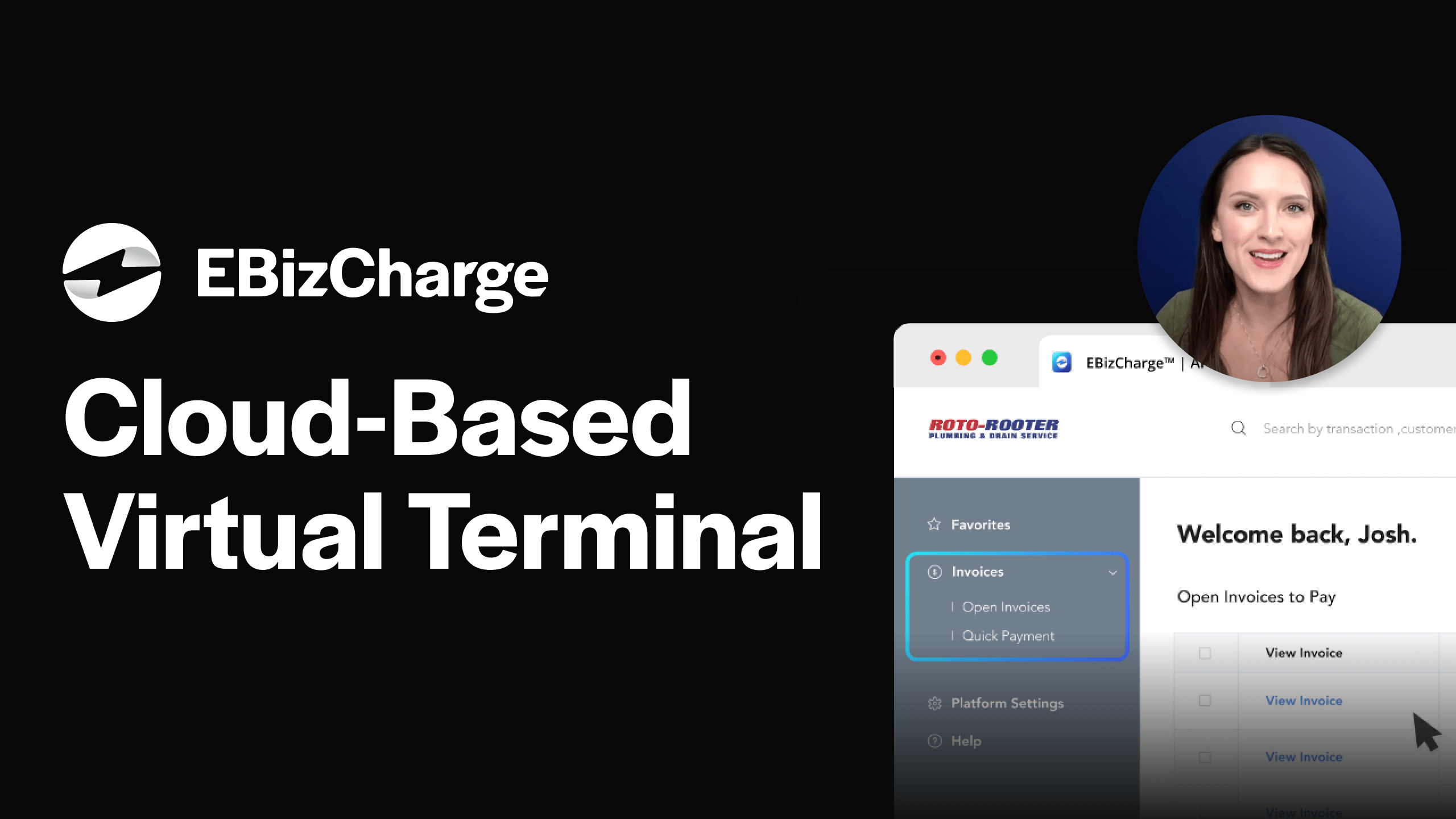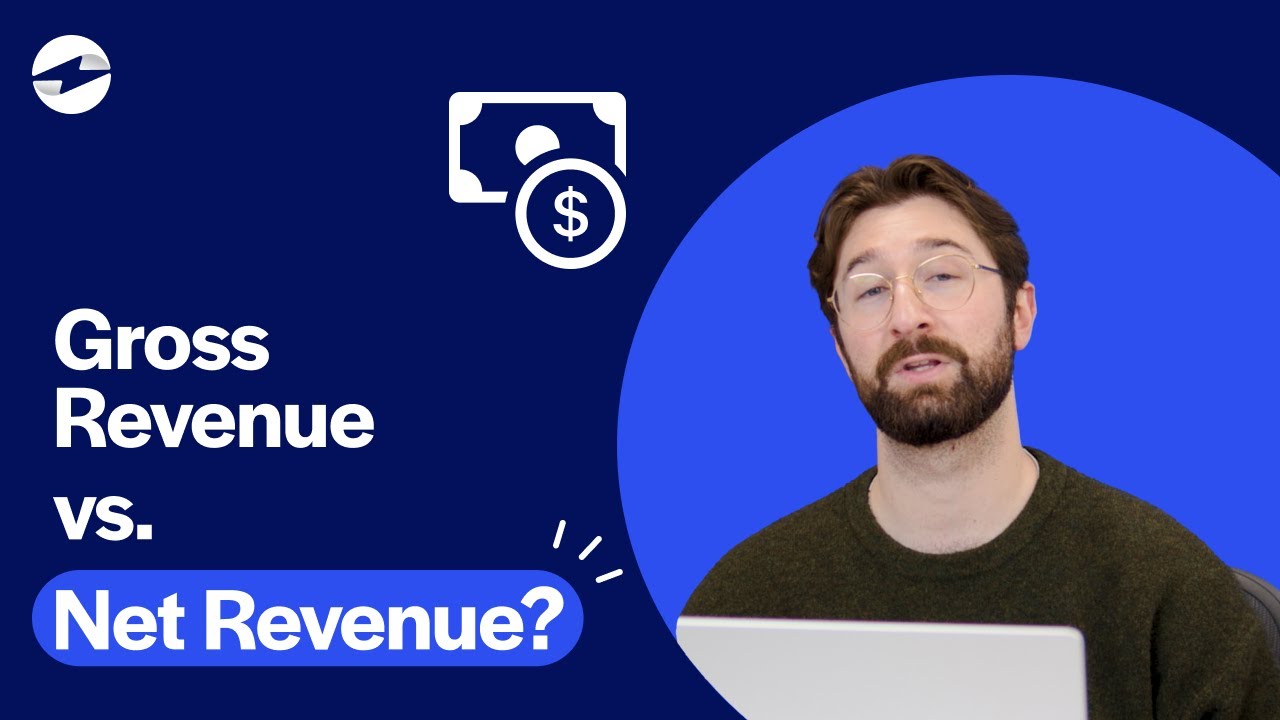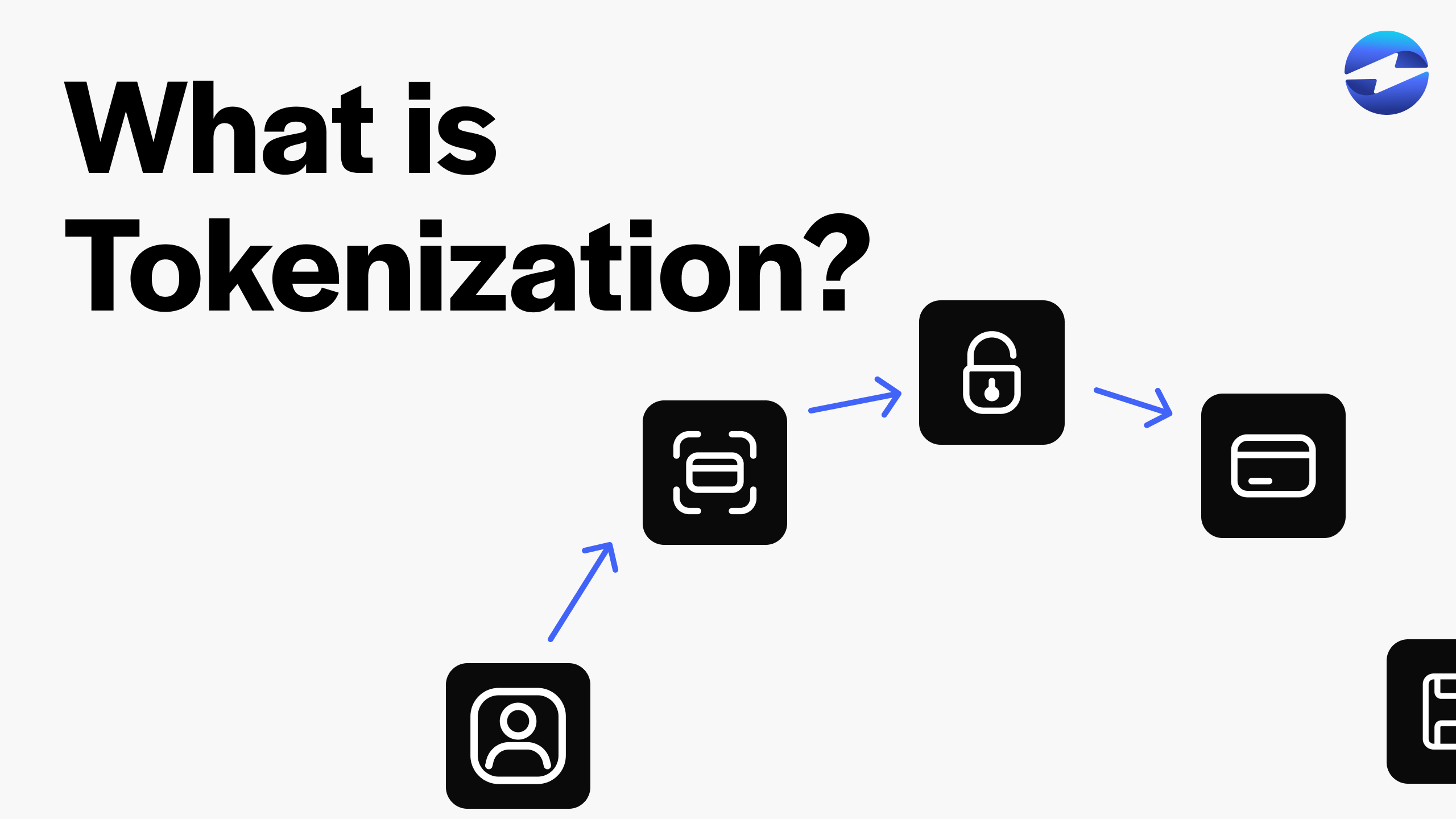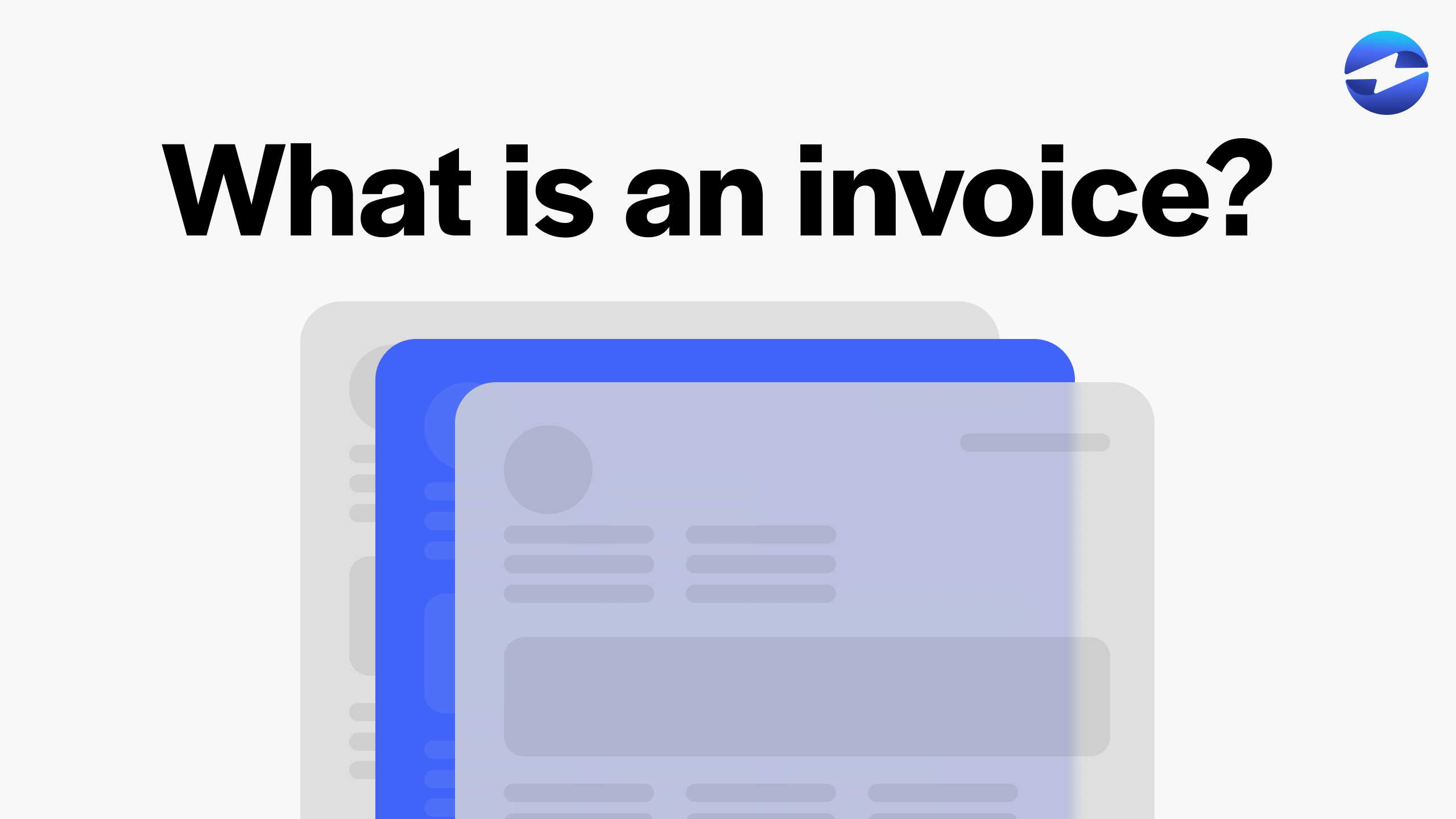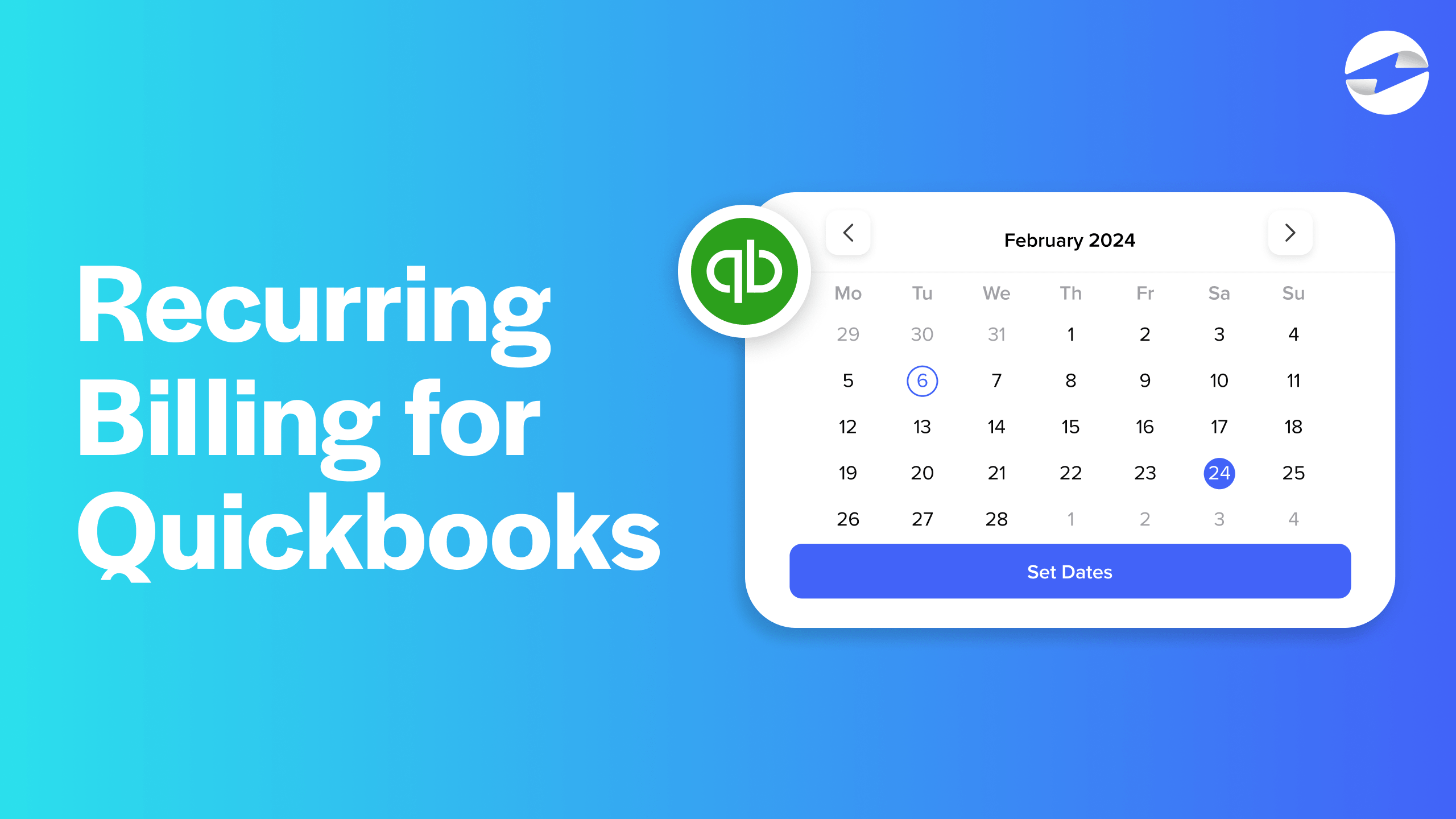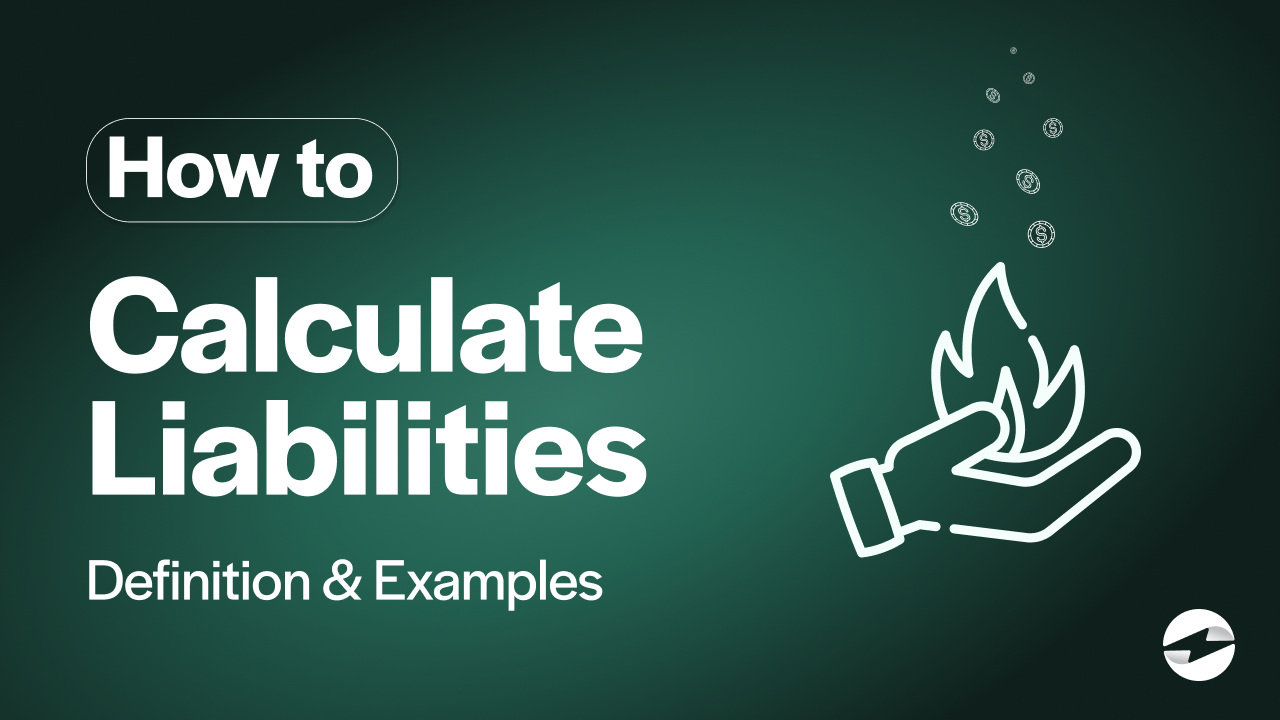How to Calculate Liabilities!
How to Calculate Liabilities!
Liabilities refer to what a company owes to others, encompassing loans, accounts payable, mortgages, deferred revenues, and other commitments. They are broadly categorized into two types: current liabilities and long-term liabilities. Current liabilities are obligations due within a year, such as accounts payable, short-term loans, and taxes owed. On the other hand, long-term liabilities include debts payable over more than a year, like bonds payable, long-term leases, and pension obligations.
Steps to Calculate Liabilities
Step 1: List All Debts and Obligations
Begin by compiling a comprehensive list of all debts and financial obligations. This includes loans, mortgages, bills, unpaid invoices, and upcoming expenses.
Step 2: Categorize Liabilities
Classify each debt into either current or long-term liabilities. This classification helps in determining the urgency of payments.
Step 3: Calculate Total Current Liabilities
Sum up all current liabilities to ascertain the total amount due within the next year. For instance, if you have accounts payable amounting to $5,000, a short-term loan of $10,000, and $2,000 in taxes owed, your total current liabilities would be $17,000.
Step 4: Calculate Total Long-Term Liabilities
Similarly, calculate the total of long-term liabilities, which are debts payable over a period longer than one year. For example, if you have a mortgage of $100,000 and a bond payable of $50,000, your total long-term liabilities would amount to $150,000.
Step 5: Add Both Totals
Finally, add together the totals from current and long-term liabilities to arrive at the overall total liabilities. Using the examples above, if your current liabilities total $17,000 and long-term liabilities total $150,000, your total liabilities would be $167,000.
By following these steps, you can gain a clear and accurate understanding of your company’s financial obligations. Calculating liabilities is crucial for financial planning and ensuring that your business can meet its payment obligations effectively.
Stay tuned for more financial tips and insights on managing your business’s finances effectively. If you found this guide helpful, be sure to share it with others who may benefit from understanding how to calculate liabilities. Thank you for reading!


